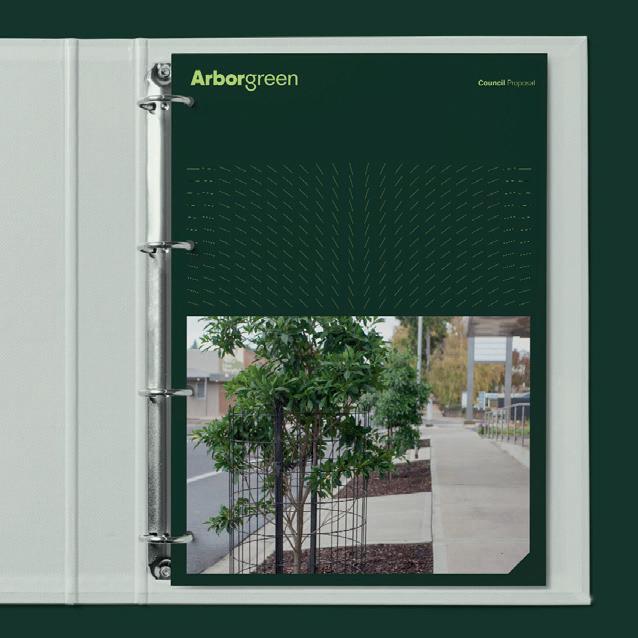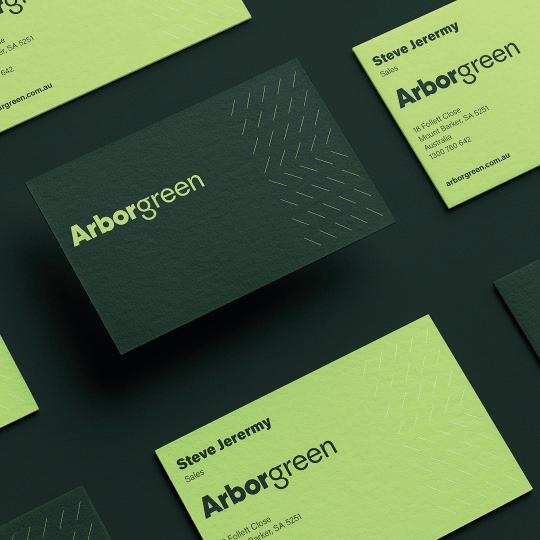
5 minute read
Agency Culture Choices That Really Worked
I’m so very proud to share that Flynn was named to the Ad Age Best Places to Work list for 2023! Knowing this award is a direct reflection of our staff’s feedback and the positive culture we’ve built, it’s far and away the most meaningful accolade we’ve received. I’m honored to work alongside the people who embody our company beliefs each day and make this agency so special.
Being a third-generation, family-owned and -run agency, it should come as no surprise that our people are our number-one priority. We’ve made a conscious effort to build a healthy environment that people want to be a part of—making strategic choices (both big and small) each day to further this goal.
In recent years, we’ve seen a marked increase in our staff’s day-to-day happiness at work. We’ve received high marks from clients on our team’s engagement, collaboration, and communication. We’ve even seen increased financial success—which is a proven byproduct of more supported and fulfilled teams, as just about any study will tell you.
Knowing how employer/employee dynamics have shifted these past few years, and especially as this next generation of workers joins the workforce, I wanted to share a few of the choices and changes I believe have made the biggest positive impact over the years:
Brought the “Human” Back: We started checking in more. In my opinion, this is the most important shift we made. We talk to our people about how they’re feeling emotionally and dig deeper to understand where they need support. This has created an environment where people have the psychological safety to ask for help and share their concerns and desires.
Started a Profit-Sharing Program: When we have a strong year, everyone on the team benefits. We believe any success the agency enjoys is a direct result of the diligent efforts of our team—when the company does well, so should they. We want our people to know they have ample “skin in the game” beyond a biweekly paycheck and a benefits package.
Added Flexible PTO: Though more than 70% of employees would like an unlimited PTO policy, only 10% of U.S. companies have adopted one. Numerous studies have shown the employer benefits of adopting a flexible or unlimited
ONLY
10% OF U.S. COMPANIES OFFER AN UNLIMITED PTO POLICY
PTO policy, including higher staff productivity, more effective retention and recruitment, and ultimately, cost savings. We trust our folks to strike the balance that works best for them, and they don’t abuse the privilege.
Paid Parental Leave: This is a big one for me. The Wall Street Journal reports only 35% of U.S. companies offer paid maternity leave, and just 27% offer it beyond what is required by law. These are significant decreases from just two years ago. We believe all parents are entitled to sufficient paid leave to bond with their child, whether after birth or adoption. As a family business, giving people the means to prioritize their own families was a no-brainer.
Set Realistic Expectations: Sometimes we have to work more and sometimes we don’t. We encourage people to take advantage of these natural lulls, whether by exploring new ideas for clients, learning something new, or even just ducking out a little early for some R&R. We trust our staff to deliver for our clients and I’ve found that when we do need to work the occasional weekend to hit a deadline, there’s no shortage of volunteers.
Added a Holiday Break: We close the agency for the last full week of December, between Christmas and New Year’s. Why? It’s one thing to take some time off, but it’s another to be given protected time off when your teammates aren’t working and there’s no guilt or pressure to catch up on emails. Come January 1st, our clients get a refreshed Flynn team that’s ready to roll. This has been a transformative addition to our PTO calendar, and I highly recommend it.
While this may not be new or groundbreaking, we’re unwavering in our belief that supporting each other with empathy, mentoring, and kindness is central to our success. I’m immensely proud of this agency— and equally proud that our team notices and values our efforts, too.
Introduction
At The Fuel Agency, we’ve recently been reflecting on our favourite projects from 2022. Whilst we’ve had the pleasure of working with our partners in government and education to develop new brands and launch several successful campaigns, there was one brief in particular that took us by surprise: Arborgreen.
The Brief
Arborgreen are horticultural experts that supply (and create) products and intelligence to make large-scale tree planting projects faster and easier. Having recently acquired their closest competitor, Arborgreen’s brief to us was straightforward: develop a strategy to merge both brands, whilst respecting and preserving what made them special (and keeping their respective customer bases on-side).
The Challenge
With the recent acquisition, Arborgreen had the operational scale and capability to offer the fastest turnaround times in the market. They had the expertise, service culture and the scale to lead the category. What they lacked, however, was differentiation.
Across the category, each business positioned itself around a single factor: customer service. Service was critical – a er all, a relentless dedication to customer outcomes (going to far as to refer customers to competitors if they could do a be er job) was the foundation of Arborgreen’s success. But how could we talk about this differently, to show just how much further ahead Arborgreen was from the competition?
The Strategy
Change the conversation around service. Service dominates the category messaging, but it’s not well defined. Our starting point was to shi ing the category expectation of service towards “problem-solving resourcefulness” – something that framed Arborgreen’s strengths in a much more specific and ownable position.
We leaned into expertise – building a positioning around smarts, innovation, experience and resourcefulness, rather than simply “service with a smile”.
Our recommendation: to promote Arborgreen as the most resourceful horticultural partner in the country.
The Design
The design that was chosen for the new brand centred around the premise of being “Be er Together”.

This worked to achieve the key aspects of the brief:
– It fused design cues from both the original Arborgreen brand and its competitor brand, representing the convergence of two brands, coming together to become be er. This also served as a subtle acknowledgement customers and employees of the competitor brand that their brand wasn’t being forgo en.



– It also served to visually represent Arborgreen’s positioning – a resourceful partner that worked together with you to overcome obstacles and create be er solutions.other campaign work, the Arborgreen project had something for everyone – a simple, focused strategy, solid design work, a client that was a pleasure to work with, and an outcome that agency and client could both be proud of. Sometimes, the budget isn’t everything!
Conclusion
Despite having modest beginnings (the customer found us on Google!), the Arborgreen project became emblematic within the agency as the perfect, self-contained project:
1. We won it when we weren’t trying to win. In fact, we weren’t even sure we wanted to work with them – and we said so. Rather than chasing revenue, our approach was to determine if they’d make good partners for the agency, and whether we could achieve a good outcome. When they awarded us the business, they later cited this “ask first, sell later” as a key factor in our success.
2. The clients commi ed to the process. The client team understood how to get the most from an agency partnership – they trusted us. They asked thoughtful questions, posed hard challenges, and once decisions were made, commi ed wholeheartedly to seeing them through.
3. It reminded us that the best projects aren’t always the biggest. Despite being comparatively smaller in scale than our other campaign work, the Arborgreen project had something for everyone – a simple, focused strategy, solid design work, a client that was a pleasure to work with, and an outcome that agency and client could both be proud of. Sometimes, the budget isn’t everything!









